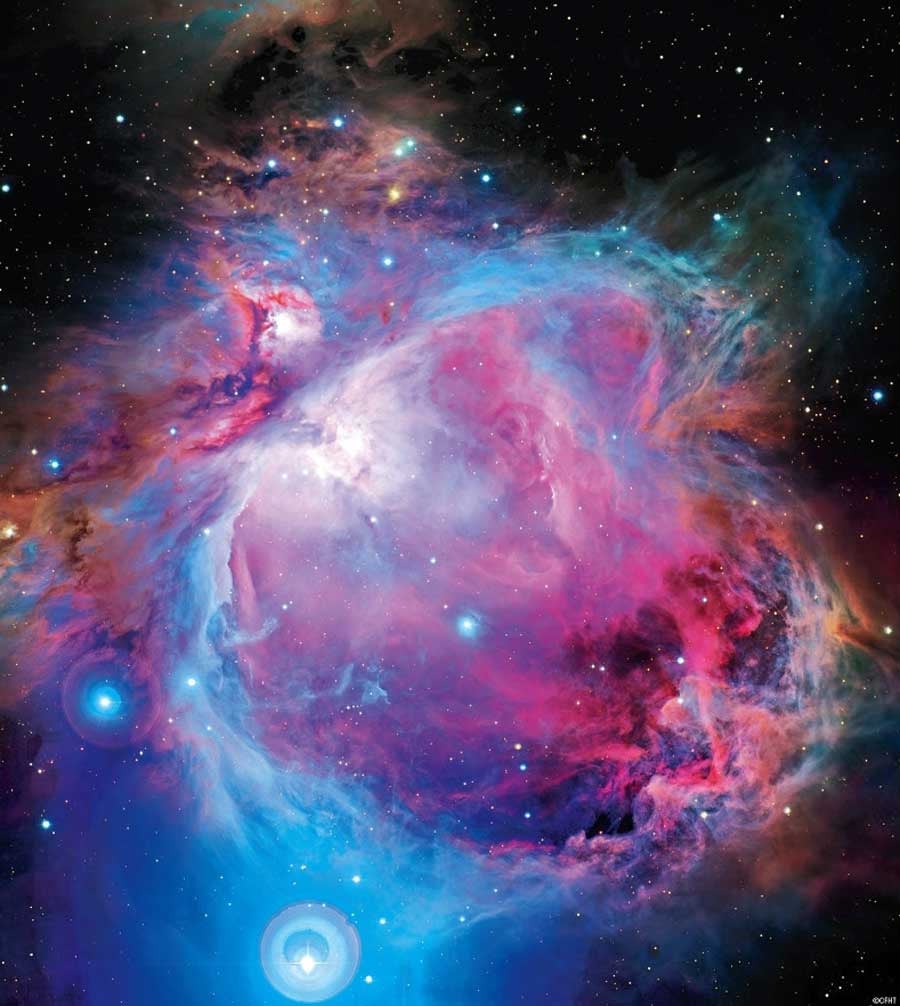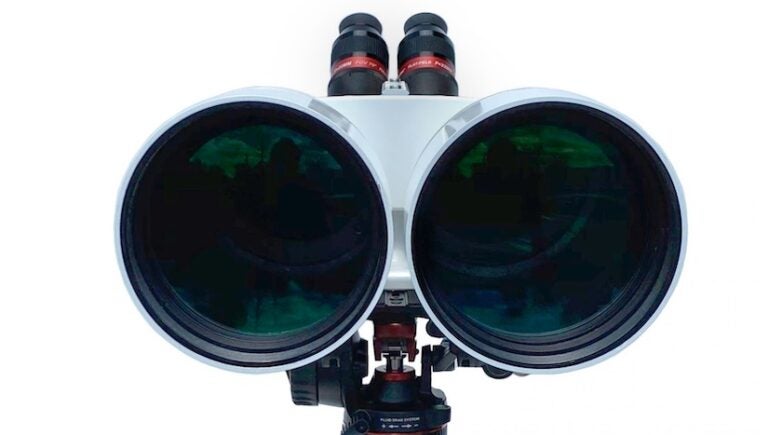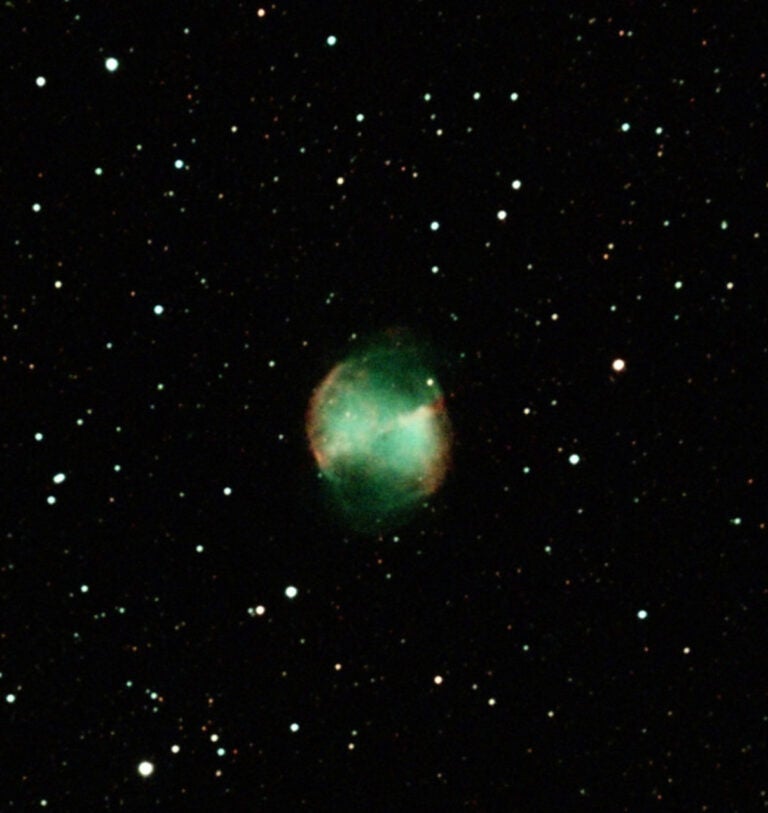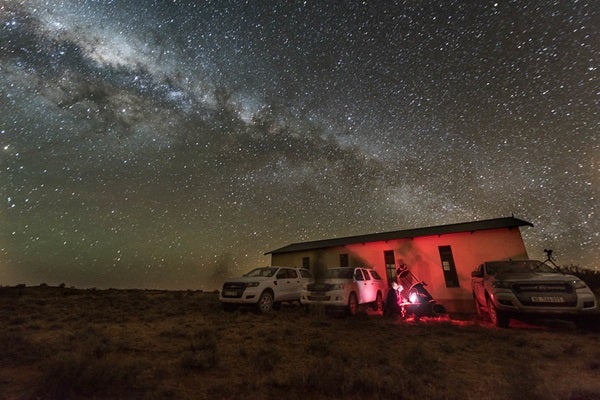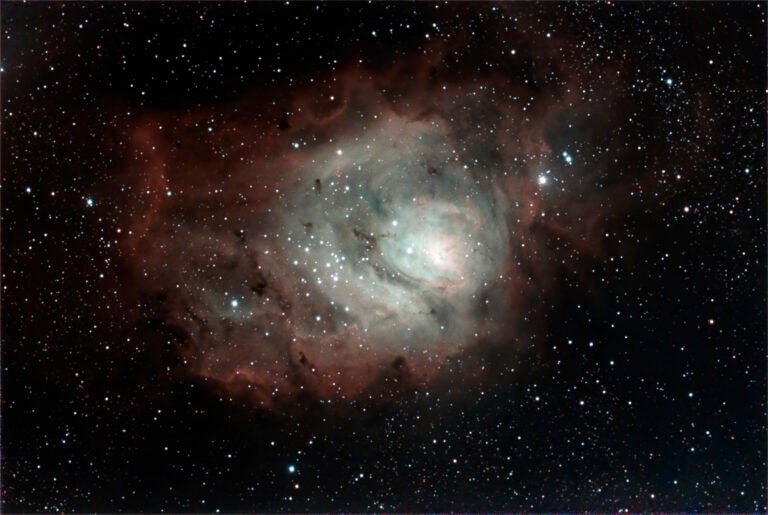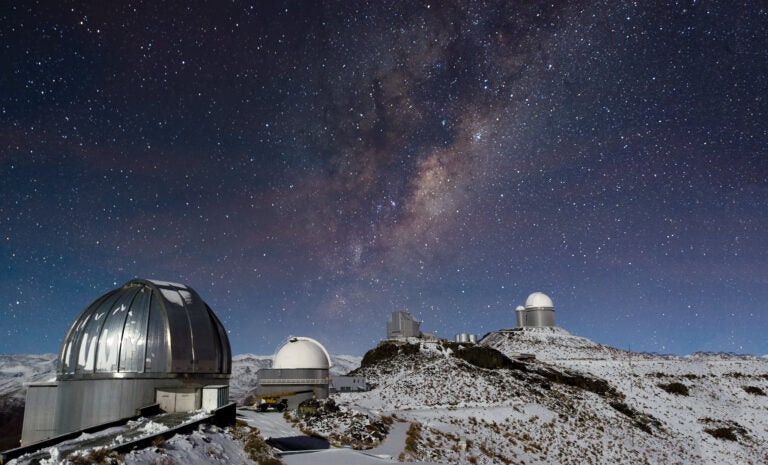The simple formula is:
Magnification = Focal length of telescope ÷ focal length of eyepiece.
For this to work, both must be in millimeters. In your case, we need to calculate the focal length of your telescope.
We do that with another really simple formula:
Focal length = Aperture x focal ratio.
First, let’s change the aperture to millimeters: 4.125 inches = 104.775mm, which we’ll call 105mm.
So, the focal length of your scope = 105mm x 4.2 = 441mm. This is the first thing we need to know for our magnification formula.
If you were using only the eyepiece, the magnification would be 441 ÷ 28 = 15.75, or 16x. But you’re using a 2.5x Barlow lens, which effectively changes the focal length of your eyepiece to 11.2mm (28 ÷ 2.5).
Said another way, this Barlow lens increases the magnification of any eyepiece used with it by 2.5 times.
Finally, the magnification of this optical system is 441 ÷ 11.2 = 39.375, or 39x.
Senior Editor

